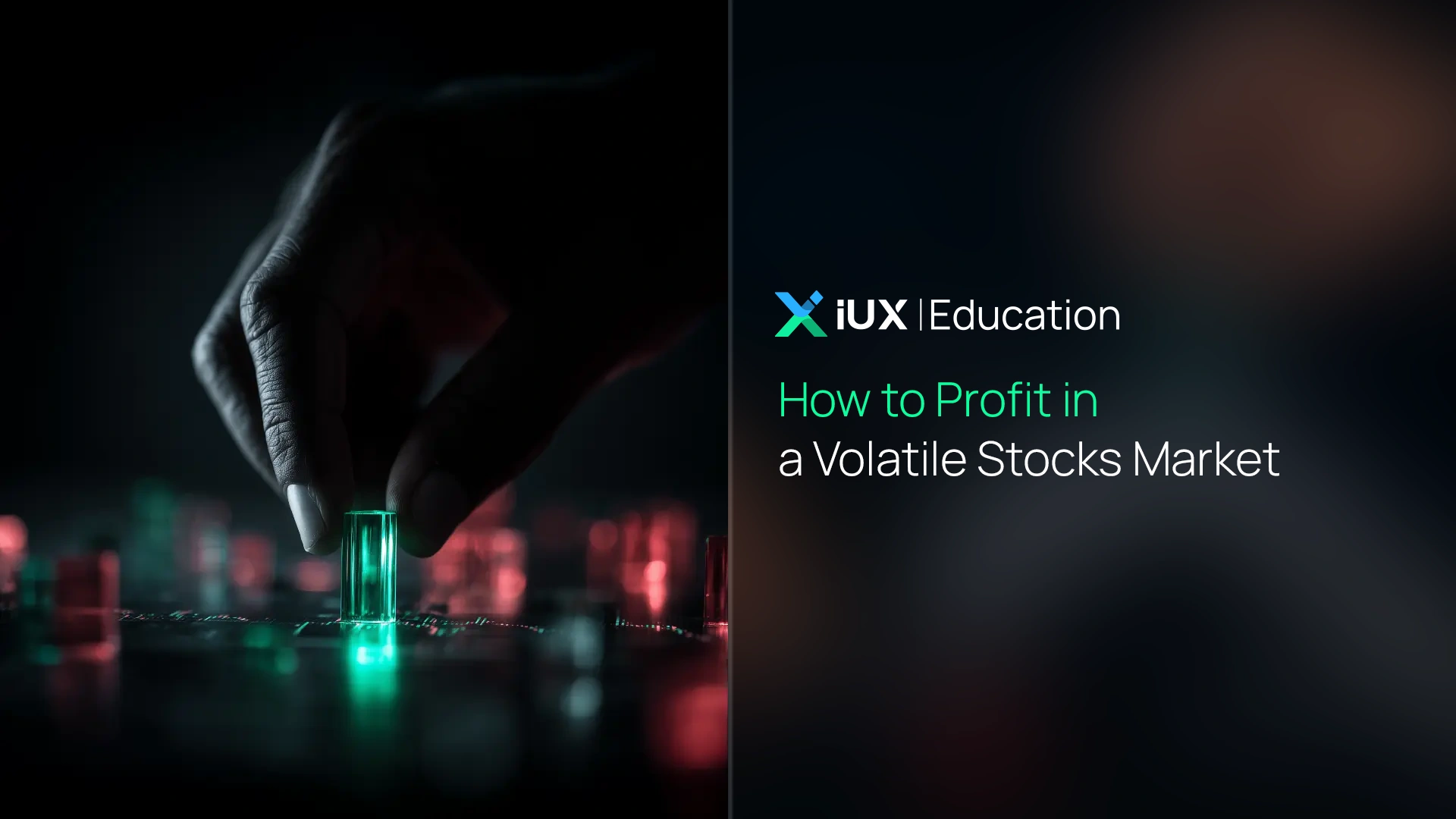CFDs are complex instruments and come with a high risk of losing money rapidly due to leverage. 76% of retail investor accounts lose money when trading CFDs with this provider. You should consider whether you understand how CFDs work and whether you can afford to take the high risk of losing your money.
CFDs are complex instruments and come with a high risk of losing money rapidly due to leverage. 76% of retail investor accounts lose money when trading CFDs with this provider. You should consider whether you understand how CFDs work and whether you can afford to take the high risk of losing your money.

The Difference Between Margin Trading and Spot Trading
What Is Spot Trading?
Spot Trading refers to the immediate purchase of a real asset using the full amount of capital you have available. This type of trading is similar to buying something with cash—you fully own the asset as soon as the transaction is completed.
- Best suited for: Long-term investors or those with a conservative risk profile
- Key characteristics: No leverage (borrowing) or margin (collateral for borrowing) involved
Example:
You have $10,000 in cash and decide to buy shares of Company ABC at $10 per share, purchasing a total of 1,000 shares.
With spot trading, you become the outright owner of those 1,000 shares immediately.
What Is Margin Trading?
Margin Trading involves buying and selling assets using borrowed funds from a broker—commonly known as using leverage. This allows you to open trading positions that are larger than the actual capital you have in your account.
- Risk level: Significantly higher than Spot Trading
- Key characteristics: You use a smaller amount of your own capital to control a larger position. This increases the potential for higher returns in a shorter time, but also amplifies the risk of greater losses.
Example:
You have $1,000 of your own capital but want to open a position worth $10,000. You can do this by borrowing the remaining $9,000 from your broker using 10:1 leverage.
To better understand Margin and Leverage, check out these articles:
Comparison: Pros and Cons of Margin Trading vs. Spot Trading
Spot Trading involves purchasing assets using your own available funds. This approach carries relatively low risk and is ideal for long-term investors who prefer simplicity. Since there's no leverage involved, your gains or losses are based solely on the actual price movement of the asset.
Margin Trading, on the other hand, allows you to borrow funds from a broker (using leverage) to increase your purchasing power. This enables you to open larger positions with less capital. While it offers the potential for higher and faster profits, it also comes with significantly greater risk. Profits and losses are magnified according to the leverage used, and the strategy is inherently more complex than spot trading.
In summary, the choice between Margin and Spot Trading depends on your risk tolerance and investment style. Margin Trading may suit active traders who can manage risk and want to maximize short-term gains, while Spot Trading remains a solid choice for conservative investors focused on stability and long-term growth.
| Tip: Choose Spot Trading for simplicity and lower risk—go with Margin Trading only if you’re ready to manage higher volatility and faster-paced decisions. |
While trading with leverage through margin gives you access to larger investment opportunities with less upfront capital, it also requires a clear understanding of the risks involved and disciplined portfolio management. This contrasts with spot trading, which uses your actual funds without leverage—simple and straightforward, but potentially limiting for those seeking flexibility or short-term profit potential.
There’s no one-size-fits-all approach to investing. What matters most is choosing a strategy that matches your style—and using a platform that gives you the tools and insights to plan and trade with confidence.
Whether you prefer Spot or Margin Trading, IUX is built to support your strategy with a real-time interface, user-friendly features, and fast, responsive execution across Forex, indices, gold, and ETFs.
Start trading with IUX today. Choose the investment style that suits you—and manage risk like a pro with a platform that understands traders at every level.
Which Trading Style Is Right for You?
Choosing between Spot Trading and Margin Trading depends on your experience level, risk tolerance, and investment goals.
- If you're a beginner, Spot Trading is the best place to start. It allows you to learn how the market works without facing the added complexity and risk of using leverage. It also makes it easier to manage your portfolio since you're only trading with the capital you actually own.
- If you're comfortable with higher risk and looking for faster returns, Margin Trading could be a compelling option. However, it requires a solid understanding of trading principles, experience in the market, and a strong risk management strategy to navigate market volatility.
Regardless of which approach you choose, it’s always wise to start with a demo account to practice and get familiar with the platform and trading strategy. And if you do move into margin trading, always begin with low leverage to minimize potential losses as you build your confidence.
Read more: Understanding Margin Call and Stop Out
| Tip : Always define your entry and exit points before trading to stay focused and avoid emotional decisions. |
FAQ: Frequently Asked Questions
Q1: Who is Margin Trading suitable for?
A: Margin trading is best suited for experienced traders who have a solid understanding of the market and a disciplined risk management system. Without proper leverage control, losses can be significant, making it unsuitable for beginners.
Q2: Can I go into debt if I lose money trading on margin?
A: If your broker does not offer Negative Balance Protection, you could end up owing more than the amount you deposited in your account. This means you'd be responsible for covering the shortfall. However, most brokers today do provide this protection to prevent traders from falling into negative balances.
Q3: Why should beginners start with Spot Trading?
A: Spot trading allows beginners to understand the basic mechanics of the market, price movements, and portfolio management—without the added complexity and risk that comes with using leverage. It’s a safer and more confident way to build foundational trading skills.
Summary
- Spot Trading: Involves buying and holding real assets over time. Lower risk and suitable for long-term investors.
- Margin Trading: Involves borrowing funds to trade larger positions. Offers potential for faster gains, but carries higher risk.
The best trading approach depends on your investment goals, risk tolerance, and market knowledge.
If you're unsure where to start, Spot Trading is often the safest and most beginner-friendly option.
Note: This article is intended for preliminary educational purposes only and is not intended to provide investment guidance. Investors should conduct further research before making investment decisions.


